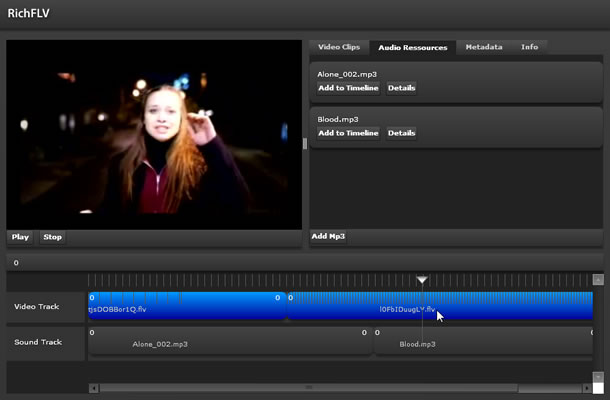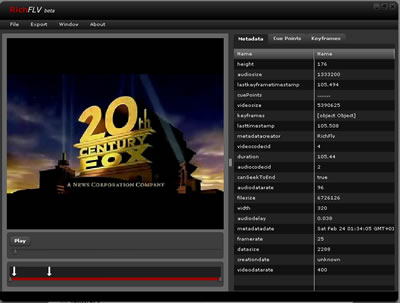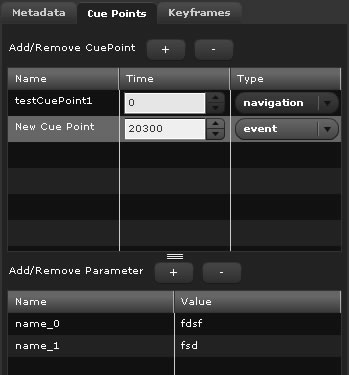I`ve not posted for a long time and it seems it will stay like this for a while as I`m hands down in work 
However I`m using my spare time to get up to speed with Gumbo. My learning project will be a new version of RichFLV (not saying that it will ever be ready :-)). So i thought I start a little series with small things I found while converting projects from Flex 3 to Gumbo.
Here is a first really simple one:
Application.application is no longer In Gumbo we have FlexGlobals.topLevelApplication instead.
I know you should rarely use Application.application because it reminds too much of the old devil root but sometimes it`s needed (or?)
For example if you want to create a popup and you create it not in the root of your app or in a non visual class in Flex 3 i would have done
something like this:
PopUpManager.addPopUp(progressWindow,DisplayObject(Application.application),true);
now in Gumbo you could use this
PopUpManager.addPopUp(progressWindow,DisplayObject(FlexGlobals.topLevelApplication),true);
Some info about this change can be found here: http://opensource.adobe.com/wiki/display/flexsdk/Spark+Application
BTW can anyone recommend a good code highlighting plugin? 😉





